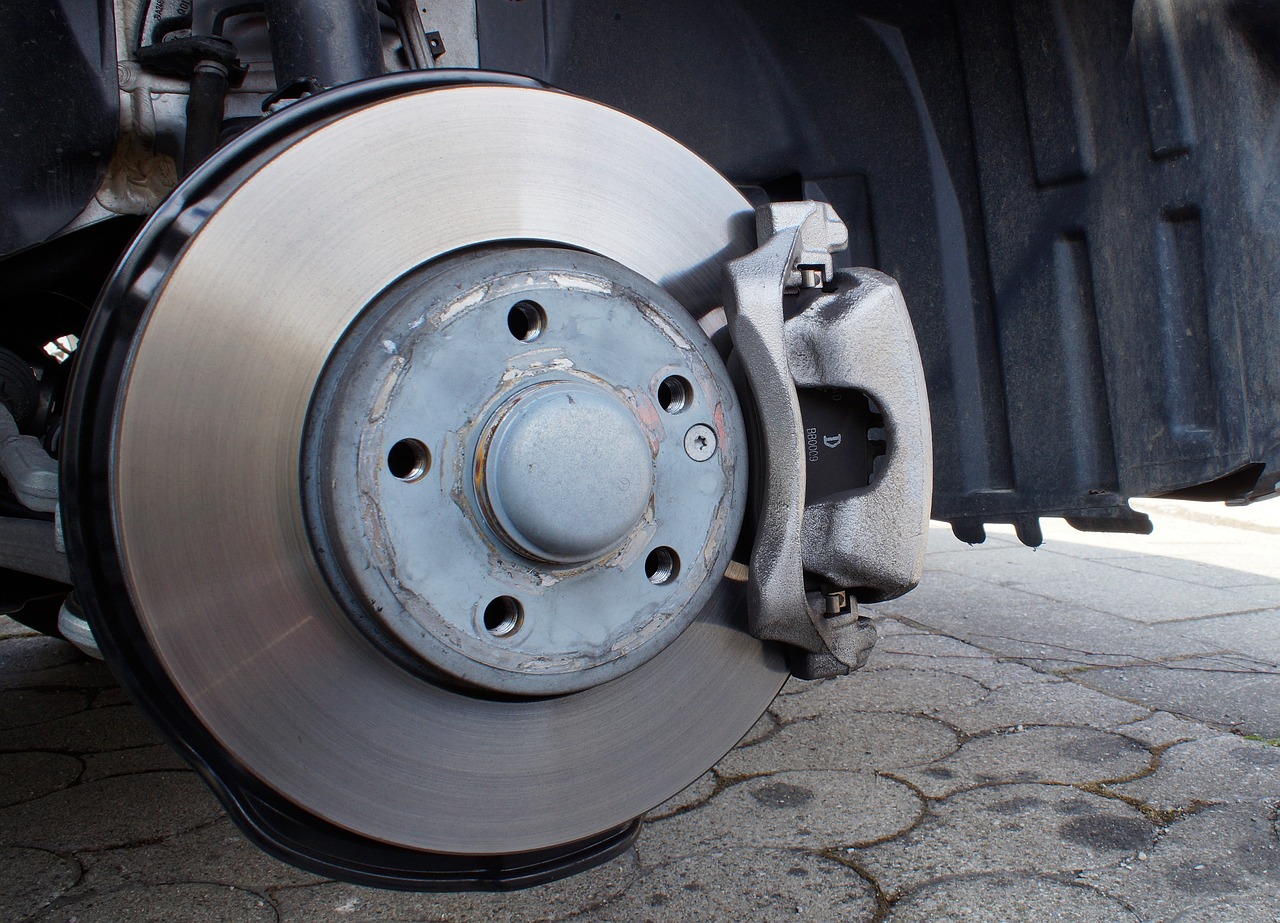Sustainable Manufacturing Practices in the Automotive Sector
Manufacturers face significant obstacles when integrating green practices into their operations. One major challenge is the high initial investment required to transition to eco-friendly technologies and processes. The costs associated with upgrading machinery and retraining employees can be substantial, hindering the adoption of sustainable practices in the automotive industry. Additionally, the lack of standardized regulations and guidelines for green manufacturing initiatives creates ambiguity for companies seeking to implement environmentally friendly strategies. This regulatory uncertainty can make it difficult for manufacturers to navigate the complexities of sustainability practices and comply with ever-changing environmental standards.
Adoption of Renewable Energy Sources in Automotive Manufacturing Facilities
Automotive manufacturing facilities are increasingly recognizing the importance of incorporating renewable energy sources into their operations. By harnessing sustainable energy such as solar, wind, or hydropower, these facilities can significantly reduce their carbon footprint and environmental impact. Embracing renewable energy not only aligns with corporate social responsibility goals but also helps to mitigate the effects of climate change.
One of the key drivers behind the adoption of renewable energy sources in automotive manufacturing facilities is the potential cost savings in the long run. While the initial investment may be significant, the operational expenses associated with traditional energy sources can be substantially reduced over time. Additionally, by reducing reliance on non-renewable energy, automotive companies can shield themselves from market volatility and fluctuations in fossil fuel prices, securing a more stable and sustainable energy future for their operations.
What are some key challenges faced in implementing green manufacturing initiatives in the automotive industry?
Some key challenges include the high initial investment required for renewable energy sources, the need for specialized infrastructure for implementation, and the potential disruptions to current manufacturing processes.
How can automotive manufacturing facilities adopt renewable energy sources?
Automotive manufacturing facilities can adopt renewable energy sources by investing in solar panels, wind turbines, or geothermal systems to power their operations. They can also explore partnerships with energy providers for access to renewable energy sources.
What are the benefits of adopting renewable energy sources in automotive manufacturing facilities?
The benefits include reduced carbon emissions, lower energy costs in the long run, increased energy independence, and a positive brand image for environmentally conscious consumers.
Can renewable energy sources completely replace traditional energy sources in automotive manufacturing facilities?
While renewable energy sources can significantly reduce reliance on traditional energy sources, complete replacement may not be feasible due to factors such as energy storage limitations and intermittent nature of renewable sources.
How can automotive manufacturers overcome resistance to adopting renewable energy sources?
Manufacturers can overcome resistance by showcasing the long-term cost savings, environmental benefits, and competitive advantages of adopting renewable energy sources. They can also provide training and incentives to employees to support the transition.





